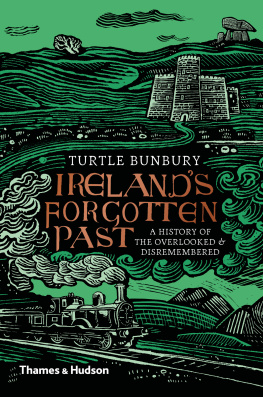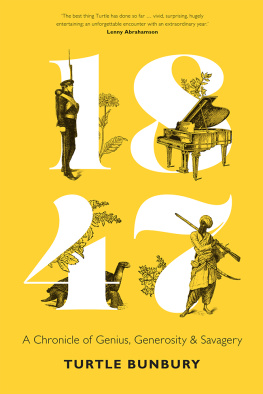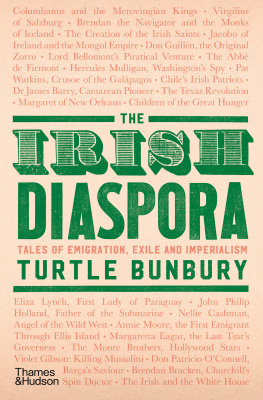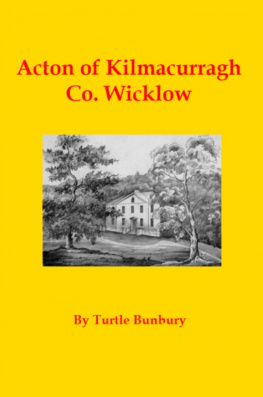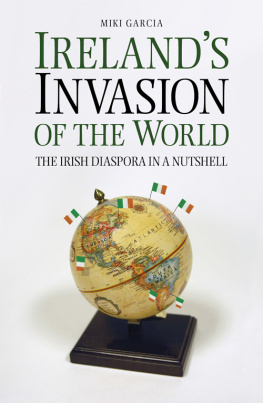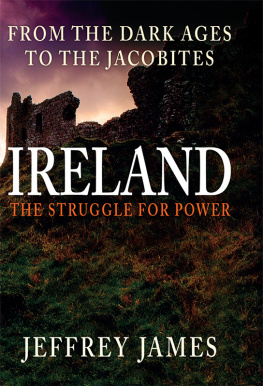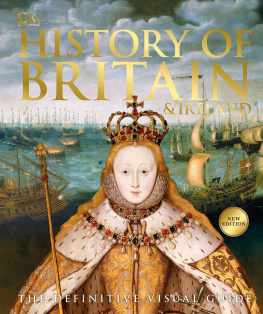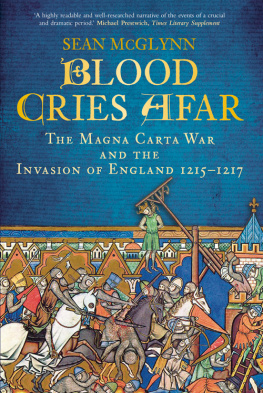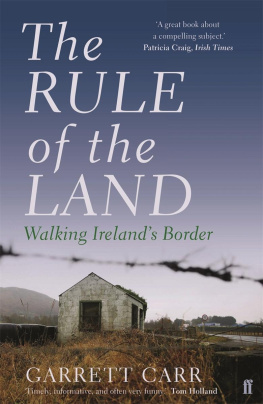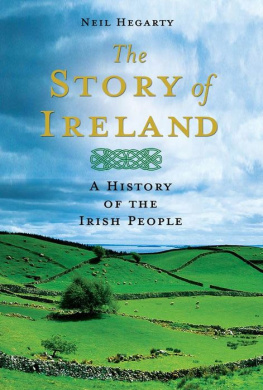



About the Author
Turtle Bunbury is a best-selling author, historian, public speaker and TV presenter. His books include the award-winning Vanishing Ireland series and The Irish Pub. He lives in County Carlow, Ireland.
Other titles of interest published by
Thames & Hudson include:
The Irish Pub
The Origins of the Irish
Magnum Ireland
An Irish Florilegium
www.thamesandhudson.com
www.thamesandhudsonusa.com
For Peter Somerville-Large and Charlie Shiffner, two venerable historical souls who unknowingly triggered my insatiable thirst to remember.
The past is never where you think you left it.
Katherine Anne Porter
Contents
The first inkling of humanity in Ireland involves the butchering of a bear near the River Shannon almost 13,000 years ago. Following the maxim of thirty generations every thousand years, that brings us back a mind-numbing 390 generations. The first Bunbury arrived in Ireland a mere eleven generations ago, either on the run or on the make, depending on your perspective. He settled amid the healthy pastures of County Carlow in the 1660s and bought a farm for his son the farm where I grew up and where my two young daughters are now enjoying their childhood.
Part of my fascination with the past stems from being raised in a Victorian country house stuffed with family portraits, musty books and bizarre curiosities scooped up by ancestors on their travels. Certainly, a number of the stories that follow were born from a desire to understand Ireland as it was for my poker-faced forebears.
I am also in love with the landscape around me. I live within a three-minute hop of an overgrown ringfort that was once home to perhaps seven or eight families. In the field beside it, a soundless underground stream flows east for half a mile before tumbling into a river alongside the very last traces of a monastery so old that almost nothing is known of it. Just south of the monastery is a fabulous dolmen, a portal tomb constructed by unknown, unknowable Neolithic hands some five thousand years ago. We cannot quite see the dolmen from our home but we can see the long golden strip of the barley field that runs behind it, a strip that transpired to be stuffed with ancient barrows and circular enclosures when a friendly drone zeroed in on it from the skies above during the long, hot summer of 2018. Up until that time, nobody had any idea that the barley field had a past.
Whats past is prologue, observes Shakespeares Antonio in The Tempest, and yet sometimes the prologue is indecipherable or nowhere to be seen. The dolmen earns a brief mention in the occasional tourist brochure but I have never seen any record of the monastery or ringfort no archived memories of who built them, who dwelt there, who slept, ate, thought, laughed, loved, mourned or died there. It is simply the shapes of earth and stone that reveal the human touch.
The same can be said for so much of Ireland. Every field, hill, stream and rock seems to hold another secret about the islands past, even as we glide by indifferent or unaware: hilltop summits crowned with ancient forts, rocky cairns and the ghostly outlines of primeval forests; riversides studded with ruined castles, hollow mills and crumbling farmsteads; the bramble-strewn shells of abandoned canals and copper mines; the stumps of pillars that once carried railway lines; the overgrown graveyards where the forgotten bloodlines lie.
Forgotten: for, meaning away; gotten from a Germanic verb to grasp hence, something that has got away, the grasp of a memory. What was once remembered and acknowledged has become neglected, overlooked, disregarded and unremembered, perhaps irretrievably so.
The vast majority of this worlds occurrences have simply faded into oblivion. It was not until the eruption of the Information Age in the past half-century that attempts to chronicle the past became in any way mainstream. A change is coming now. The appetite to reconstruct the fragmented world of our forebears is an increasingly powerful market force, supported by big business interests in genealogy, tourism, the movie industry and such like. The challenge will be to keep track of what truths are told, to understand the motives of the storyteller, to ensure those facts are verifiable, that the spin can be balanced and counterbalanced, that the reshaping of the past does not imperil the future.
This book shines a light on thirty-six lesser-known tales from the annals of Irish history. Some have been snubbed for reasons unclear. Others are simply so odd that its high time they came to light again. The cast includes a pair of ill-fated prehistoric chieftains, a psychopathic Viking monarch, a chivalrous Norman warrior, a dazzling English traitor, an ingenious tailor, an outstanding warhorse, a fanatical spymaster, a brothel queen, a randy prince and an insanely prolific sculptor.
It begins with a volcano and concludes with Operation Shamrock, a humanitarian mission at the close of the Second World War that not only showcased the innate Irish empathy for the downtrodden but also heralded a brave new Ireland, a country that would ultimately go on to become not simply an outlying frontier of European eccentricity but a remarkable global hub that, in the present century, consistently punches way above its weight.
Although the tales are not specifically linked, I am of the view that almost everything is connected, one way or another, when one digs deep enough. Taken as a whole, these stories underline why Ireland is such an exceptional island for anyone interested in the past. There is an awful lot of amazing history out there the juiciest plots, the greatest twists, the richest characters and yet so much of it remains, even now, forgotten.
Turtle Bunbury
County Carlow

Should you ever find yourself on Valentia Island off the coast of County Kerry, you might venture to its northern shore in pursuit of a fossilized trackway, unwittingly imprinted for eternity by a Devonian tetrapod that pitter-pattered upon this planet 385 million years ago. The footprints of that 1-m (3-ft)-long creature are among the oldest fossils in Ireland but just in case you think this four-legged beauty sounds like a dinosaur, please observe that it lived 150 million years before the dinosaurs.
Fast forward to about 66 million years ago when a giant asteroid, perhaps 15 km (9 miles) in diameter, slammed into the Earth and wiped out approximately three-quarters of the known animal and plant kingdom, including all non-avian dinosaurs. That astral cataclysm spelled the end of whats called the Cretaceous period and the start of the Palaeogene period, at which point Ireland was hovering on a latitude roughly equivalent to where Portugal sits today. As such, the island was in pole position for the considerable turbulence that befell the world when, five million years into the Palaeogene, the North Atlantic Ocean was born.
Next page
